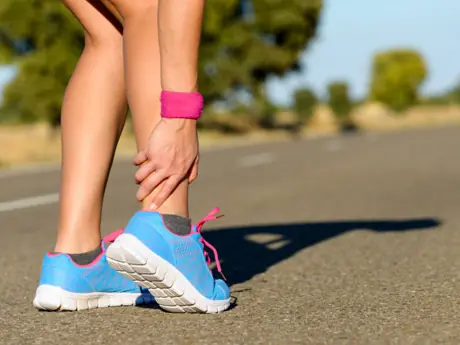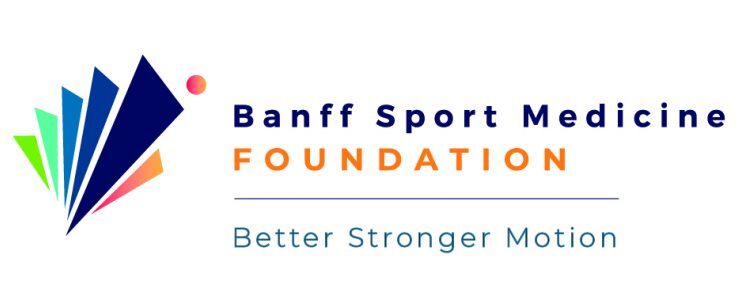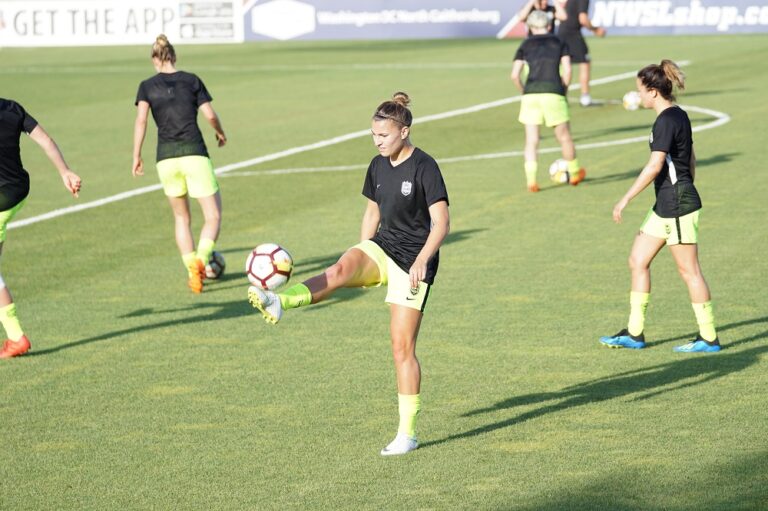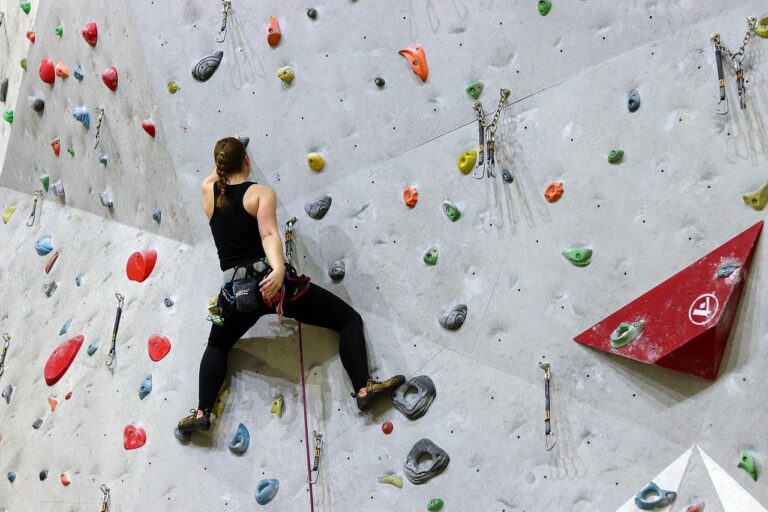Achilles’ Tendonitis 101: The Basics
Achilles’ tendonitis occurs when the tendon at the back of your heel becomes injured.
The condition causes pain at the back of the heel, above the heel and/or into the lower calf, as well as stiffness of the ankle joint, and deformities around the tendon insertion.
Your doctor will diagnose tendonitis after performing a physical assessment and some diagnostic imaging. Most cases of Achilles’ tendonitis can be managed non-operatively, but there are surgical options for patients who don’t have relief with conservative methods.
What is Achilles’ Tendonitis?

The Achilles’ tendon is a fibrous band of tissue that connects your calf muscles (gastrocnemius and soleus) to your heel bone (calcaneus). The calf muscles function to plantarflex your ankle joint, or to point your toes down.
Tendonitis (or tendinopathy) refers to inflammation of the tendon, which causes pain and thickening of the tissue.
This can occur at any point along the tendon, but is commonly found near the insertion onto the heel bone (calcaneus).
The condition is caused by repetitive trauma, from activities such as long-distance running, weakness of the calf muscles, or from a degenerative change with increasing age[1].
The injury can also be associated with conditions such as retrocalcaneal bursitis and a Haglund deformity[2] – A bursa is a fluid-filled sack, located in this case between the calcaneus and Achilles’ tendon, which can become inflamed. A Haglund deformity is a growth of bone found on the posterior aspect of the heel where the Achille’s tendon inserts.
Diagnosis
Achilles’ tendonitis is typically diagnosed by your doctor after you describe your symptoms and they completed a physical examination.

The diagnosis can be confirmed with an ultrasound assessment but your doctor may also order an x-ray. Occasionally an MRI is used to determine the extent of the tendon damage if a tear or rupture is suspected.
Patients with tendinitis of their Achilles’ may experience any of the following symptoms and physical findings on examination:
- Subjective symptoms i.e. the symptoms you are experiencing/feeling
- Posterior heel pain
- Stiffness of the ankle joint
- Burning sensation around the heel and up into calf
- Rubbing of a heel deformity in shoes
- Objective findings i.e. observed symptoms
- Tenderness on palpation at the insertion of the Achilles’ tendon
- Pain with range of motion testing, specifically dorsiflexion of the ankle
- Bony prominence at the calcaneal (heel bone) insertion
- Redness of the skin over the tendon
Symptoms are typically most severe at the beginning of exercise and decrease with activity.
Treatment
The first line of management of Achilles’ tendonitis is non-operative, which is successful in treating symptoms in around 75% of cases[3]. Non-operative management includes a combination of the below options:
- Activity modification — avoiding movements that increase or aggravate symptoms
- Physiotherapy — including calf stretching and strengthening with eccentric exercises
- Cold therapy — to reduce swelling
- Medication — for pain control
- Heel pads — cushion bumps from rubbing on shoes
- Heel lift or orthotics in shoes — to reduce stress on the Achilles’ tendon
In cases where non-operative management is not effective, there are some surgical options based on the extent of the injury. These may include:
- Excision (removal) of bursitis and any deformities
- Removal of damaged tendon and repair of the healthy tissue with stitches
- Transfer of a tendon from a different muscle to the calcaneus (used when >50% of the Achilles’ is damaged)
Unfortunately, some of these surgeries have a limited success rate, and the deformities may return.
Post-operatively, you should expect to be in a brace and not be able to bear any weight for the first two weeks, and progress to a walking boot for approximately 12 weeks. Throughout recovery, you can be doing range of motion and strengthening of the other joints in your leg, and will begin to build up strength of the ankle itself once out of the walking boot.
Contributor
Halli Krzyzaniak, Doctor of Medicine Program, University of Calgary, Cumming School of Medicine
References
[1] Smart, D.B. Clement. “Achilles Tendinitis and Peritendinitis: Etiology and Treatment.” The American Journal of Sports Medicine, vol. 12, no. 3, 1984, pp. 179–184.
[2] Myerson, Charles L, et al. “Haglund’s Deformity and Chronic Achilles Tendonitis.” Operative Techniques in Orthopaedics, vol. 28, no. 2, 2018, pp. 104–109.
[3] Alfredson, Håkan, and Cook, J. “A Treatment Algorithm for Managing Achilles Tendinopathy: New Treatment Options.” British Journal of Sports Medicine, vol. 41, no. 4, 2007, pp. 211–216.







